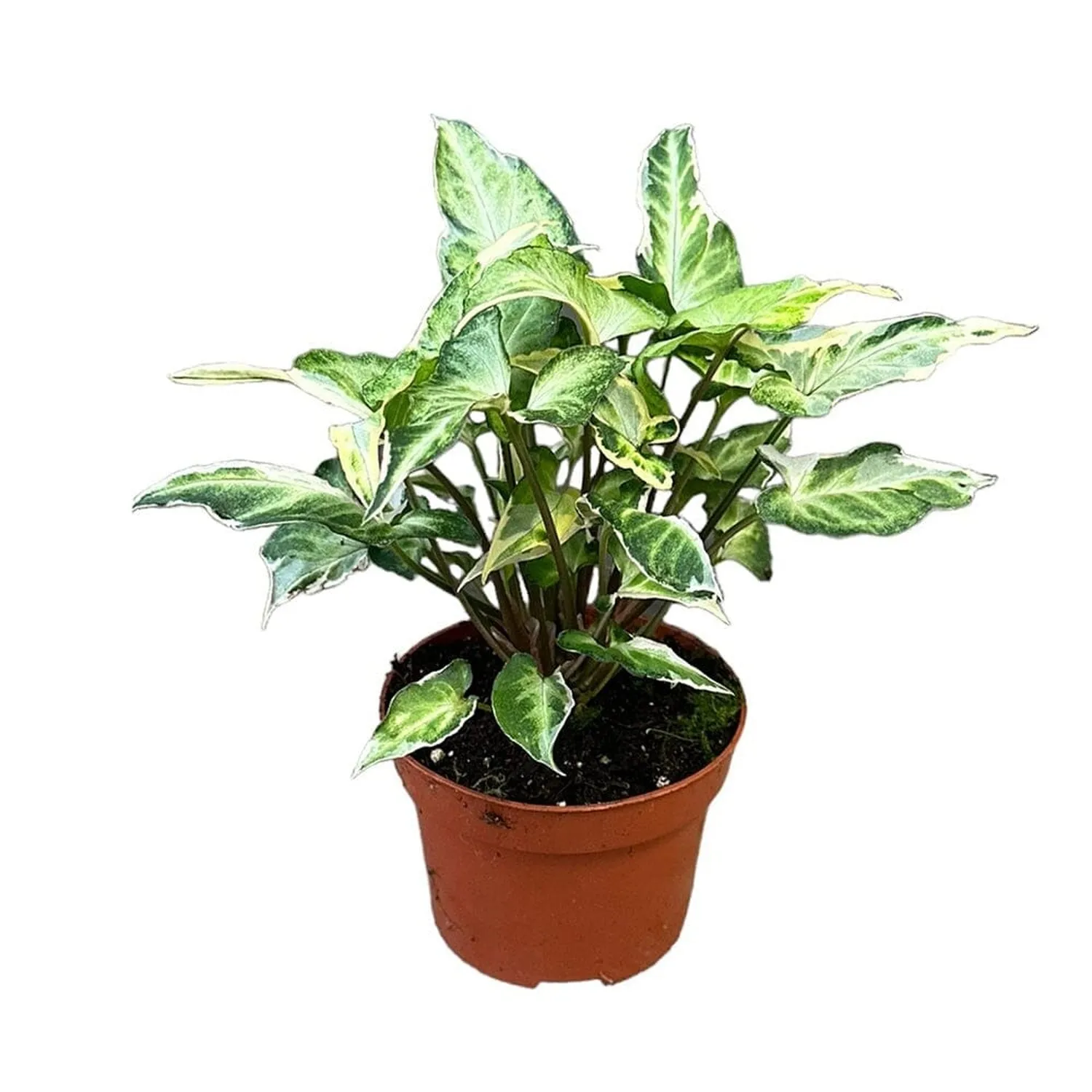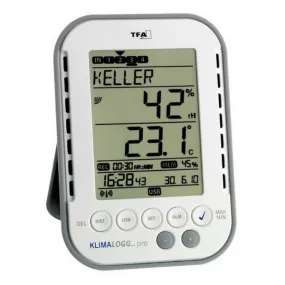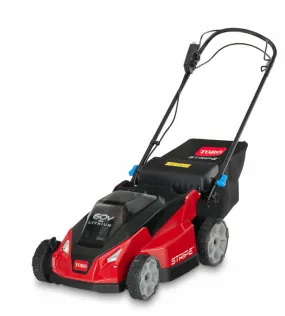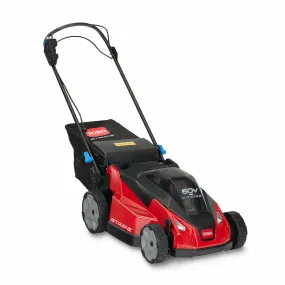Syngonium T25, commonly known as the Arrowhead Plant or Goosefoot Plant, is a popular and versatile houseplant that is native to the tropical rainforests of Central and South America. Its attractive foliage and low maintenance requirements make it a favorite among both beginner and experienced plant enthusiasts.
Description:
Syngonium T25 is a trailing or climbing plant that typically grows up to 3-6 feet in height, but can reach up to 10 feet under ideal conditions. It features arrow-shaped, glossy leaves that start off as a vibrant green color and gradually develop variegation as they mature. The variegation can vary from white to cream, pink, or even yellow, depending on the specific cultivar. The plant also produces small, insignificant flowers that are usually hidden beneath the foliage.
Care Guide:
1. Light Requirements:
Syngonium T25 thrives in bright, indirect light. It can tolerate lower light conditions but may lose its variegation and grow leggy. Avoid direct sunlight, as it may scorch the leaves. Place the plant near a window with filtered light or provide artificial light using fluorescent or LED grow lights.
2. Temperature and Humidity:
This plant prefers temperatures between 60-85¬?F (15-29¬?C). Avoid exposing it to drafts or sudden temperature changes. Syngonium T25 enjoys high humidity levels, so mist the leaves regularly or place a tray of water nearby to increase humidity. However, it can also adapt to average household humidity levels.
3. Watering:
Keep the soil of your Syngonium T25 consistently moist but never soggy. Water it when the top inch of soil feels dry to the touch. Avoid overwatering, as it can lead to root rot. During the winter months, reduce watering frequency while ensuring the soil doesn't completely dry out.
4. Soil:
Use a well-draining potting mix that retains some moisture but doesn't become waterlogged. A mixture of peat moss, perlite, and regular potting soil works well. Adding organic matter, such as compost or coco coir, can improve water retention and nutrient availability.
5. Fertilizer:
Feed your Syngonium T25 with a balanced liquid fertilizer every 2-4 weeks during the growing season (spring and summer). Dilute the fertilizer to half strength to avoid burning the roots. Reduce or stop fertilizing during the winter months when the plant's growth slows down.
6. Pruning:
To maintain a bushy and compact shape, prune your Syngonium T25 regularly. Trim off any leggy or yellowing stems or leaves. You can also pinch back the growing tips to encourage branching. Pruned stems can be propagated in water or directly potted in soil to grow new plants.
7. Propagation:
Syngonium T25 can be easily propagated through stem cuttings. Take a 4-6 inch cutting just below a node and place it in a glass of water or directly in moist potting soil. Keep it in a warm and bright location, and roots should develop within a few weeks. Once the roots are established, transfer the cutting to a pot with well-draining soil.
8. Pests and Diseases:
Syngonium T25 is generally resistant to pests, but it can occasionally be affected by mealybugs, spider mites, or aphids. Regularly inspect the plant for any signs of infestation and treat with neem oil or insecticidal soap if necessary. Avoid overwatering to prevent root rot and ensure good air circulation around the plant to prevent fungal diseases.
By following these comprehensive care guidelines, you can enjoy a healthy and thriving Syngonium T25 in your indoor space. Remember to observe and respond to the specific needs of your plant, as individual conditions may vary.















